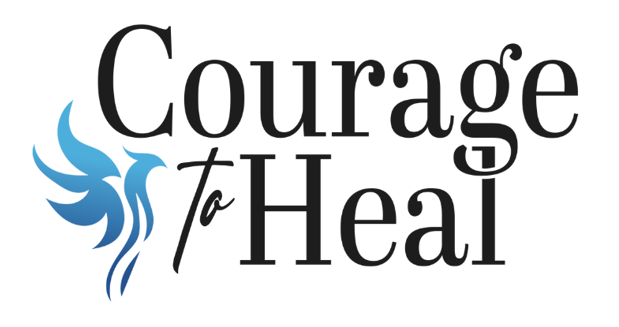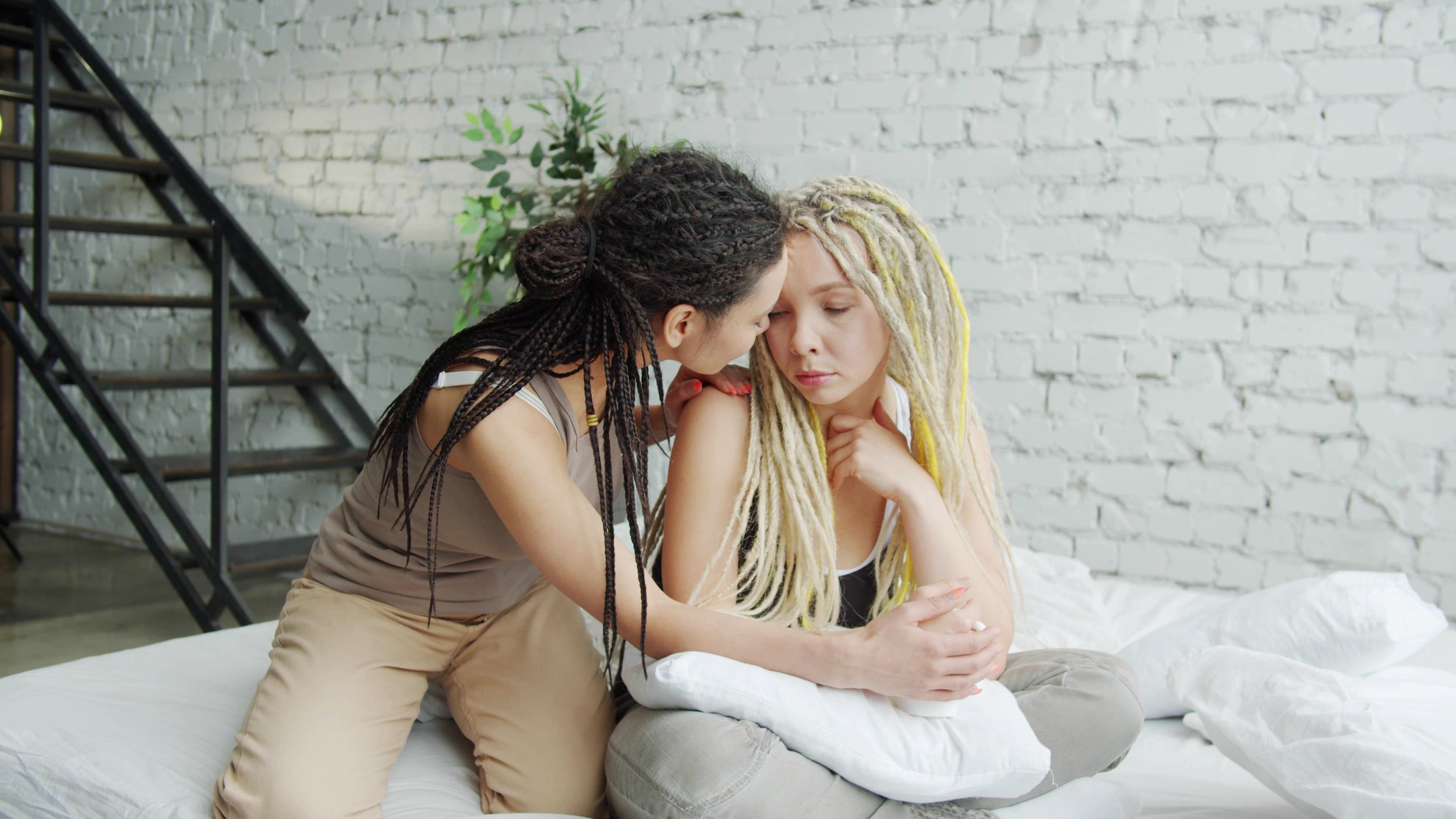How Your Attachment Style Affects Your Relationships
When you go through a string of relationships, do you find yourself questioning if you are holding on so tight that it scares the other person away? Or maybe jumping from relationship to relationship is easy for you, and you’ve always wondered why.
Attachment science can help you understand why you behave the way you do when it comes to romance.
An attachment is a bond that forms between a child and their caregivers in early childhood. According to attachment theory, the quality of that bond affects how this child will grow up to see the world – and themselves.
Some caregivers are present and nurturing. Others are distant and unpredictable. Different kinds of caregiver behavior result in different attachment styles in children. These styles continue to influence the child’s personality and relationships throughout their lifetime.
You can look at attachment styles in terms of anxiety and avoidance. A person’s style can be high or low in either of these two traits, directed at how they see themselves and the world.
Secure Attachment Style
If your caregivers listened to your needs and gave you affection on a regular, predictable basis, you likely have a secure attachment style. This style is low on both anxiety and avoidance. Securely attached children are happy, well-adjusted, and versed in social skills.
A securely attached adult would feel sad if a good relationship came to an end but would not obsess over it. Securely attached people see themselves as loveable and the world as safe: “I’m OK, you’re OK”.
Some other secure traits include:
High self-esteem and emotional intelligence
A strong sense of identity
Positive and lasting friendships and relationships
Ability to manage impulses
Ability to trust and be intimate with others
Ability to be independent and single
Ability to ask for help and rely on others
Preoccupied Attachment Style
If you were raised by caregivers who alternated between being available and being distant, you may have a preoccupied attachment style. Your needs as a child were tended to in an unpredictable manner: one minute you were showered with attention, the next, you were left to cry it out.
This style is low in avoidance and high in anxiety. People with this style crave to be close to others yet unsure of their own worthiness: “The world is OK, it’s me that’s the problem”.
Other qualities of those with preoccupied attachment style include:
Negative self-image
Changing identity depending on partner’s likes and dislikes
Constant need for validation and connection
Frequently worry about being left by their partner
Being afraid of rejection or abandonment
A need to please other people and to be liked by everyone
Highly attuned to other people’s emotions but not their own
Dismissing Attachment Style
Did your caregivers leave you to your own devices most of the time other than providing basic things like food and shelter? If so, you might have an avoidant attachment style. You see yourself as an island in a stormy sea, and you’d like to avoid being swept up in a hurricane of other people’s emotions.
Dismissing style is high in avoidance and low in anxiety. Dismissively attached people prefer to chart their own course and stay single or quickly move from one relationship to another without forming deep connections.
“I’m just fine, but the world is lacking” is their motto.
Dismissing attachment style could also lead to:
Being highly self-sufficient and unwilling to rely on others
Appearing emotionally distant and withdrawn
A tendency to prioritize self over relationships,
Having a hard time opening up to others
A lack of close or lasting friendships and relationships
A sense of superiority over other people
Seeing rationality as always superior to emotion
Fearful Attachment Style
If your caregivers were borderline or actually neglectful or abusive, you have a chance of developing a fearful attachment. This style results in someone who wants to get close to people bus is afraid to do so. You have both a deep need for belonging and a strong sense of not trusting people.
Fearful style is high in both anxiety and avoidance. Also called “disorganized,” this style can lead to being impulsive and unpredictable.
“I’m messed up, and the world is not a safe place,” the fearfully attached say to themselves.
Some other traits of fearful attachment are:
A fear of intimacy
A negative view of self and others
A tendency to see minor slights as major betrayals
An inability to decide between singlehood and wanting to be attached
A tendency to ghost a partner once they get too close
Difficulty controlling emotions
Having negative interpretations for actions of others or random events
Attachment in Relationships
Secure Partners
A secure attachment style does not mean that you never make mistakes or that there are no relationship problems. It just means that when you notice a mistake, you are willing to own up to it and move on. You are comfortable enough in your own skin that you acknowledge you come with flaws like anyone else.
As happy as you are with your significant other, you do not feel empty when the two of you are apart. When you get into a conflict with your partner, you find healthy ways to resolve it. You feel strong enough to bounce back and safe enough to trust your partner.
Preoccupied Partners
If you have a preoccupied attachment style, you could be embarrassed at your clingy tendencies or constant yearning for validation. You could be experiencing high anxiety that your partner does not actually love you or find you to be “enough.”
If your partner asks you for space, you may see that as a threat that this person no longer wants you. This can lead to using manipulation tactics to guilt your partner back into your life. You could switch between being the most empathetic person on earth to acting needy and demanding.
Dismissing Partners
Instead of craving intimacy, people with dismissing – or avoidant – attachment style try to avoid emotional connection with others. You feel like an intimate relationship might take your beloved freedom away, so you stay just distant enough to fly under the radar of commitment.
When your partner starts drawing themselves close to you, you tend to withdraw. Sometimes, this can take on an extreme form of having affairs. You are protective of your emotions, and you frankly don’t care that much about the emotions of others, which has big implications for relationships.
Fearful Partners
Fearful style is all about perceiving relationships as unsafe and desperately needed at the same time. You feel like you don’t deserve love and may even be confused by others expressing admiration of you. You go from wanting to give your partner the world to not trusting their intentions. After all, can they really be trusted if they see you as loveable?
Being in a relationship with someone who has a fearful attachment style can be difficult. They did not have a model of healthy human connections as a child and have to find their own way as an adult. Partners of the fearfully attached can become overwhelmed and fed up with having to withstand the volatility of their significant other.
Can My Style Be Changed?
You might be asking yourself that. The good news is that it’s possible to change your attachment style. One of the best ways to start feeling more secure is to be in a relationship with a securely attached partner. Time and time again, they will show you what it’s like to have someone unconditionally loving and reliable.
Another great way to work on your attachment is therapy. A skilled therapist will further educate you on attachment styles and will help you notice when your behaviors are directed by your style versus your rational and emotional Self. What’s more, forming a secure bond with your therapist can be just as transformative as having a supportive partner at home!
Couples’ therapy is a great starting point for attachment exploration. Not only will you discover more about yourself, but you will also hear your partner’s stories and fears. Their behavior will make so much more sense once you see it as an expression of their attachment style.
***
Want to learn even more about attachment styles? Check out my online course! It’s packed with information and useful tips on how to get the best out of your attachment style:








